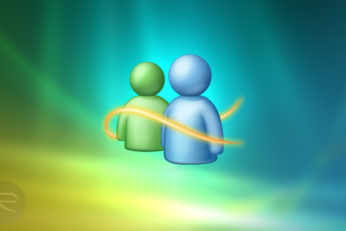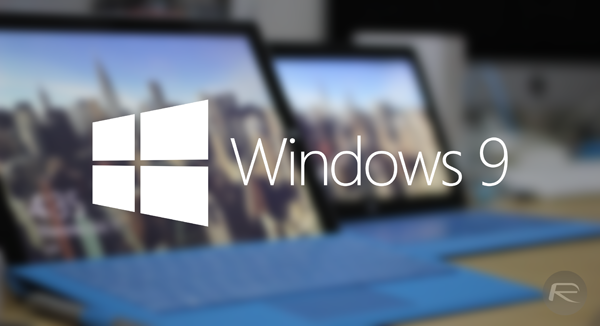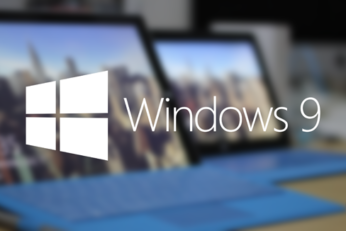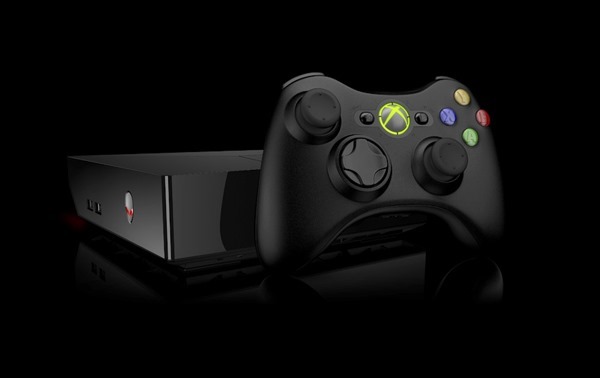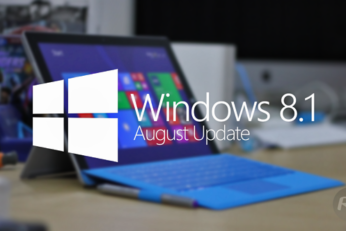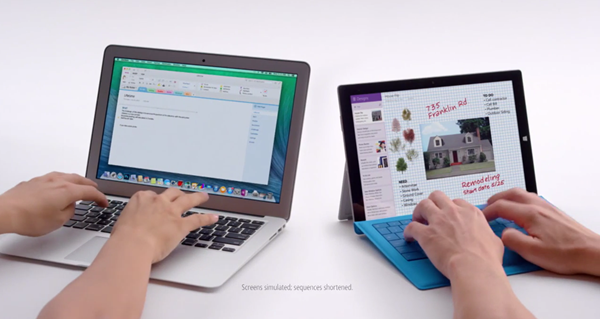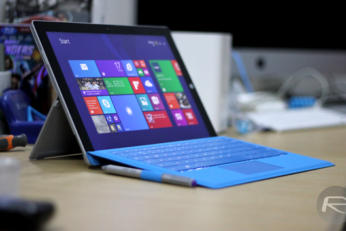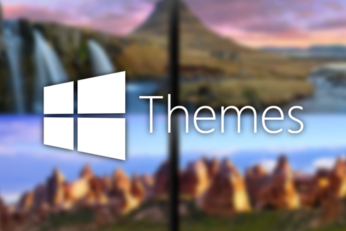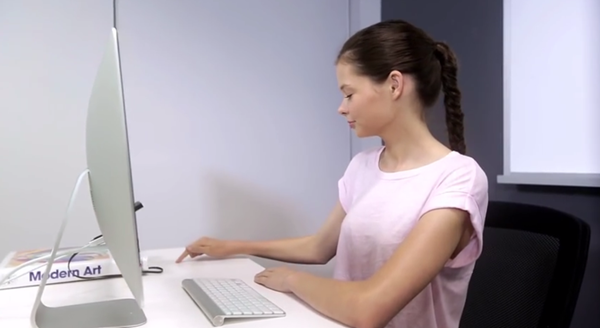In the modern Digital Age, the primary IM services are WhatsApp, Kik Messenger, iMessage alongside a myriad of others boasting millions of users. But not so long ago, Microsoft's MSN Messenger was the dominant force, but after the Windows maker acquired Skype for the tidy sum of $8.5 billion, things seemed to wane. Now, after 15 long years - the last few of which have been in relative obscurity - the software maker has finally decided to kill off MSN Messenger for good, which means users in China - which is the last place where Messenger lives - will have to say goodbye to Microsoft’s famed messaging service for good.
The guest accounts feature present on most desktop operating systems is key, for it allows users to share their devices and machines with friends or family whilst maintaining privacy. If you just wish to let somebody use the Web for a quick search, though, logging out of your own account and loading up the guest profile is a bit of a drawn-out process. A new Chrome beta released by Google makes it easier to share your Chrome browser with the aforementioned thanks to the introduction of guest mode, meaning that you can permit folk to surf the Web on your device without potentially revealing any of your data.
According to a new report, Microsoft has "tentatively" outlined September 30th as the date of the Windows 9 press event. Codenamed "Threshold," precious little is known of what the software giant actually plans to include, but below, we take a look at what we've gathered so far.
Windows Threshold, also known as Windows 9 (or at least that’s what we expect it to be called once it becomes publicly available), has been in the news quite often lately, and for good reason. It’s been long rumored that Windows Threshold will see a public preview release late this year, and now it seems that this would be as early as late September this year. Apparently, the software giant is hard at work to push the next iteration of Windows out its Threshold (pun intended).
Microsoft's Windows update schedule has been much more frequent over the past few years, with the software giant looking to maintain a solid experience for users while the plans for significant feature implementations are made. Today, as a part of a move to bring monthly house-keeping improvements, the 'August Update' for Windows 8.1 has been rolled out. Naturally, the tweaks are relatively minor, and below, we'll run through everything that Microsoft has bundled into this release.
Microsoft's next major operating system release, set to be named Windows 9, might not be ready to hit the shelves until next year, but reports have already started surfacing with respect to what it will curtail. According to sources close to the matter, the next iteration of Windows will include Microsoft's digital assistant, Cortana, embedded deeply within the operating system.
Quite how well Microsoft's third attempt at the Surface is doing still remains a bit of a mystery, but with the Surface Pro 3 it's believed that the company may actually be onto something this time around. Already available in the United States, Canada and Japan, Microsoft is set to bring its latest tablet to a further 25 markets at the end of this month, making it available to pre-order right now.
Microsoft's Windows 8.1 release has been held in much higher regard than the preceding Windows 8, largely due to the fact that it plays more nicely with those rocking a more traditional keyboard-and-mouse rig. Despite the reservations that some users have in relation to functionality and ease-of-use, though, the user interface has seldom offended, and today, the software giant has added 11 new themes to its flagship OS.
The owners and developers behind the popular XBMC software have announced a name change that will see the software rebranded as 'Kodi'. The name change has been a long time coming in fairness, with the outgoing title suggesting to users that the powerful software is capable of being installed and invoked on Microsoft's Xbox gaming consoles. That may have been true once upon a time, but XBMC hasn't been capable of running on an Xbox since the original hardware release, with no compatibility being offered with Microsoft's 360 or One offerings. The rebrand will see the software welcome in its third name change in the last 12 years and should also provide some much-needed clarity on the Xbox compatibility issues.
Microsoft made a lot of changes with Windows 8, and a large portion of its user base did not agree with, well.. a large portion of them. But as the world begins to settle down and adjust to the predominantly tiled appearance of the user interface, one element that many desktop users have never gotten over is the Start menu, or lack of it, and the post-BUILD news that it would be making a dramatic return was met with a collective sigh of relief. Now, some new 'Windows 9' screenshots have emerged, and as well as offering an insight into what's from the software giant’s flagship OS, also gives us another look at that Start menu we all love so well.

